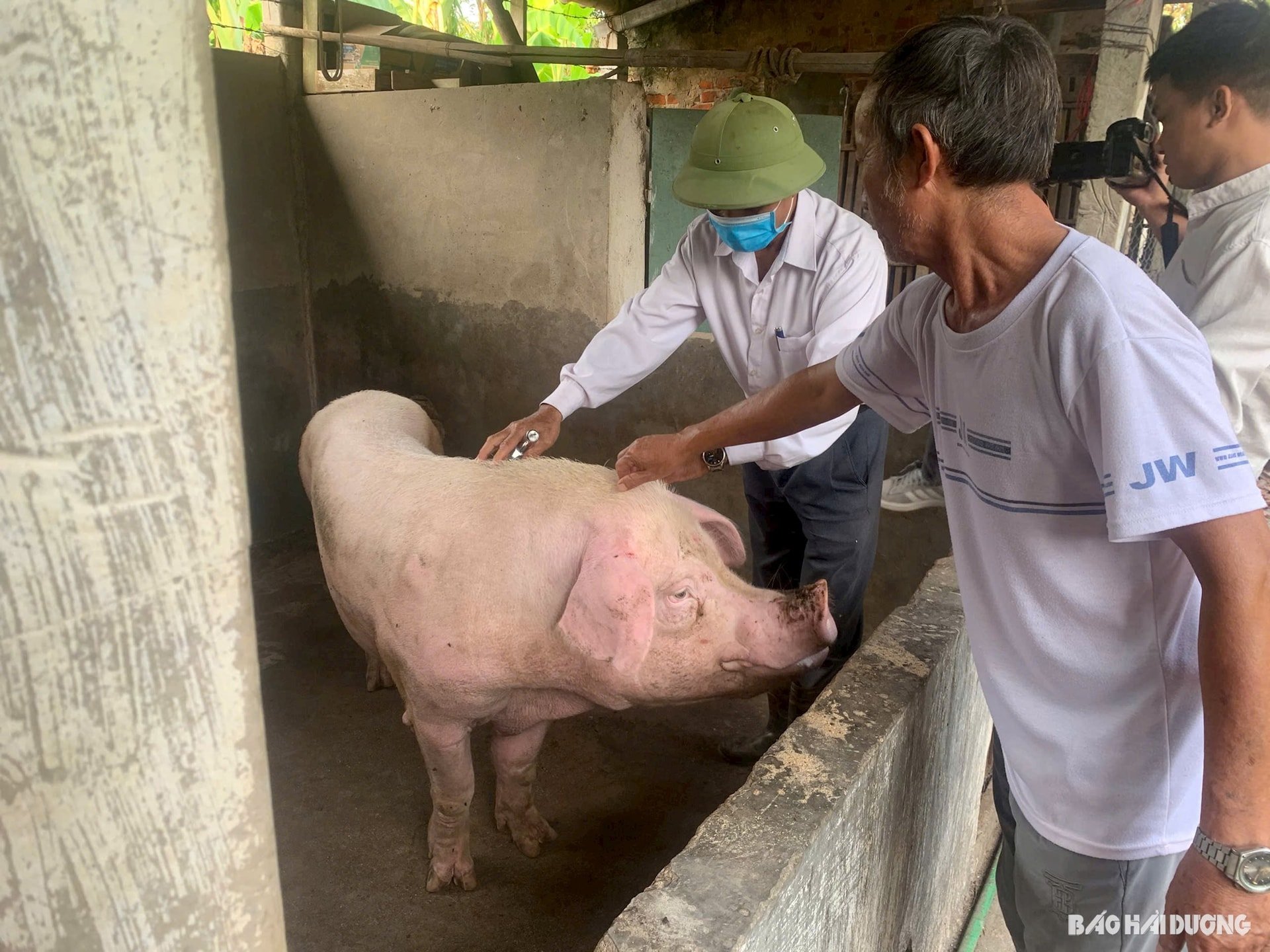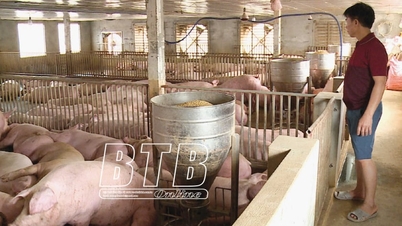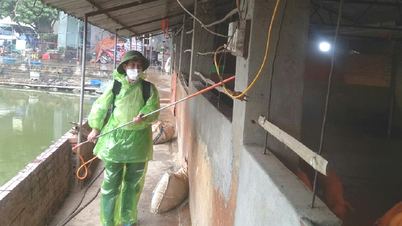
To ensure food supply for the market, especially at the end of the year and the traditional New Year 2025, currently, livestock farms are focusing on herd restoration. However, in the face of unpredictable weather and disease developments, farmers need to pay attention to the following four key factors:
1. Prepare the barn
Immediately after selling all livestock, farmers need to collect and treat all manure and waste, clean the entire barn and let it dry, spray disinfectant, whitewash all walls, floors and walkways, and repair and reinforce the roof and curtains of the barn, especially the barns that were damaged by the recent storm No. 3.
After cleaning the barn, keep it empty for at least 15 days. During this time, spray disinfectant 2-3 times, wash all farming equipment, soak in disinfectant solution, and dry.
Organize the clearing of sewers and bushes around the farm and barns to limit flies, mosquitoes and disease-transmitting animals. Clean the grazing grounds, especially low-lying areas flooded by storms and floods, collect feces and garbage, sprinkle lime powder to kill pathogens, and do not share farming tools between rows of barns.
2. Breeding animals
Breeding animals are imported from reputable breeding facilities with breeding facility certificates. When transporting breeding animals to the farm, they must have a quarantine certificate issued by a competent authority and be fully vaccinated according to regulations.
After being imported, the chicks must be taken to a quarantine area for monitoring after 21 days. If there are no symptoms of infectious diseases, they can be added to the flock. Note that farmers should not choose to buy chicks with thin, ruffled feathers. In particular, if choosing a chicken breed to raise for commercial egg laying, farmers should choose chicks that are not too low in weight or too fat. Ensuring that at 20 weeks of age they reach 1.6 - 1.7 kg is very good.
For pigs, do not import those with rough skin and thick hair because they will grow slowly. If breeding pigs, do not choose those with stunted growth and defects such as lame legs, waterlogged navels, or mouth or nose defects.
3. Care
During this period, it is very necessary to strengthen the resistance of livestock, ensuring adequate provision of clean, nutritious, easily digestible food, suitable for each stage of animal development. For weaning piglets and brooding chicks, it is best to use complete mixed feed to ensure adequate nutrition, supplement electrolytes, vitamins, glucose, and b.complex in drinking water for chickens and pigs to improve resistance.
Absolutely do not use smelly, moldy food, food left over from previous batches, leftover food from restaurants... Drinking water source must be clean, do not use water from rivers.
4. Disease prevention
In livestock farming, disease prevention is very important. This is one of the decisive factors for the economic efficiency of livestock farmers and food safety for consumers. Therefore, people need to strictly implement vaccination and preventative medicine for livestock; regularly listen to information about weather, disease and market developments to be proactive in family livestock production. Proactively declare family livestock activities to local authorities and veterinary staff to receive advice and support when necessary.
NGUYEN MINH DUC, Department of Animal Husbandry and Veterinary Medicine of the provinceSource: https://baohaiduong.vn/luu-y-khi-tai-dan-vat-nuoi-dip-cuoi-nam-396952.html




![[Photo] Super harvest moon shines brightly on Mid-Autumn Festival night around the world](https://vphoto.vietnam.vn/thumb/1200x675/vietnam/resource/IMAGE/2025/10/07/1759816565798_1759814567021-jpg.webp)





























































































Comment (0)